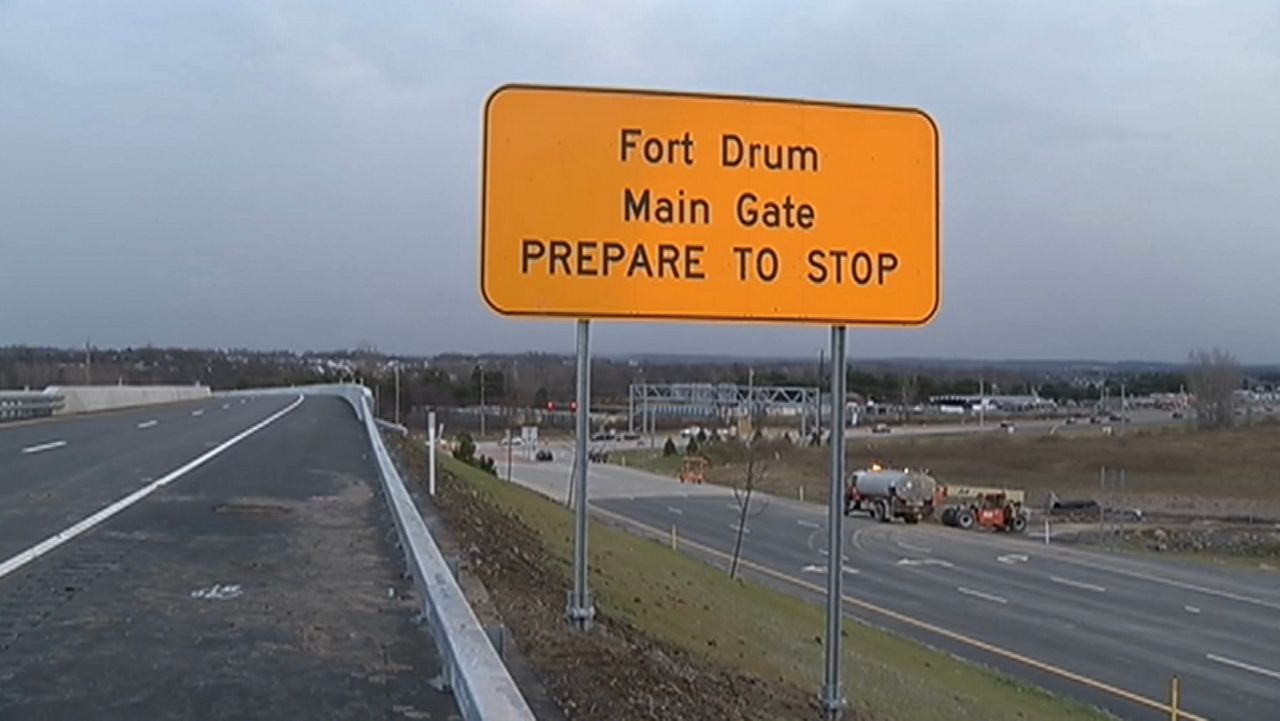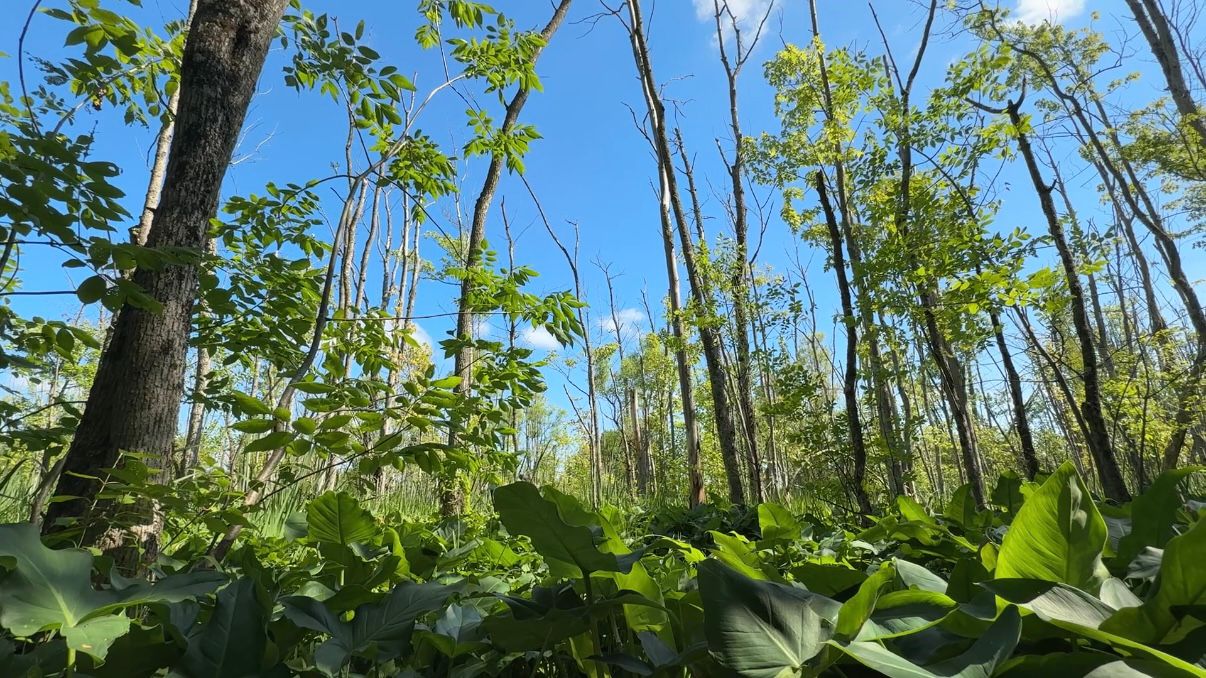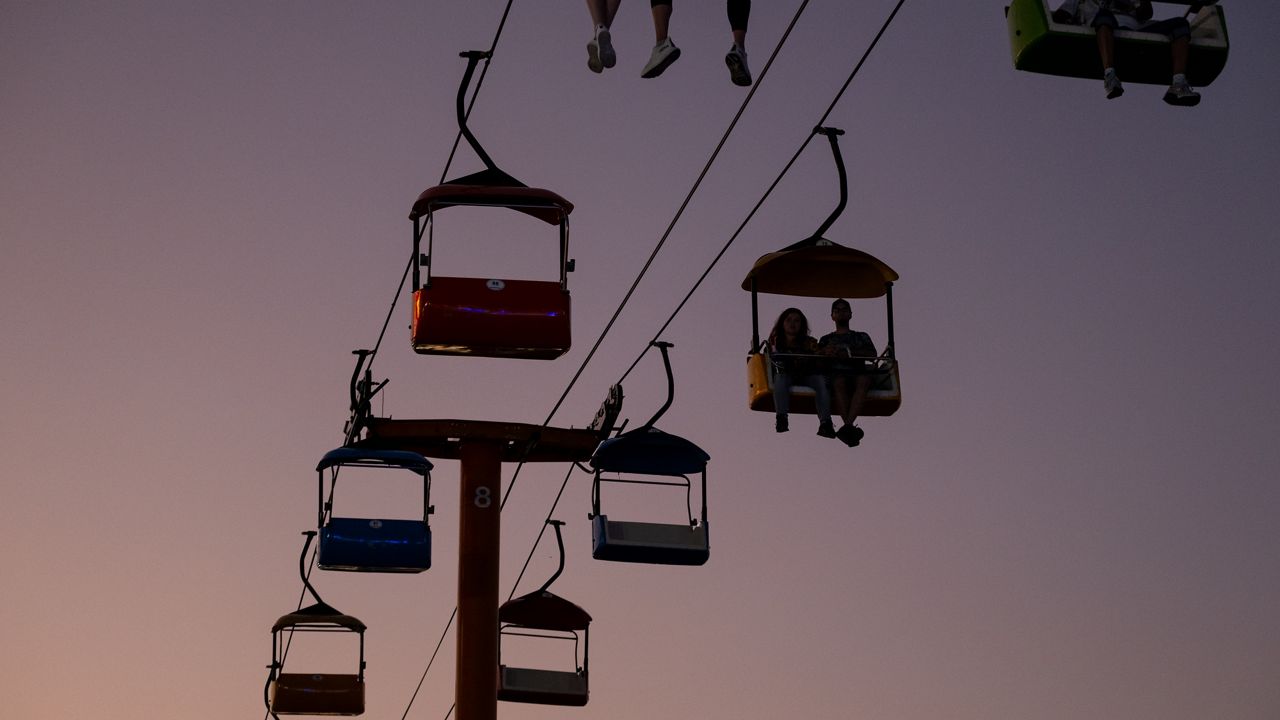The winter months can take their toll on the hardiest of New Yorkers, but for those who keep the roads clear and safe this time of year, it can be especially challenging.
There's a lot to learn before being hired as a plow driver, as Spectrum News 1 found out during a recent ride along with a plow. It’s a true test of multitasking abilities. Plow drivers work alone, navigating a big vehicle, driving through storms and operating several plows all at once.
“Because we hire all throughout the winter, right from, well, all year-round, it never stops,” said Jeremy Johnson, an equipment operator and instructor for the New York State Transportation Department who has been driving snow plows with NYSDOT for 20 years.
“So let alone all the levers, you got to learn what each one does. Each function of the joystick on this one, how to calculate the salt usage and everything through the computer system,” said Johnson, who for the last six years, has been teaching new drivers.
Plowing roads takes a lot of multitasking and practice.
“Generally, they'll pick up the operating of the wings and the plow and the spreader quickest, and then it's learning how to plow, because as you see, plows have to plow the areas that you don't normally drive. So you got to kind of go outside your normal spectrum,” said Johnson.
They started training new people in early fall, preparing them for what could be a 12-plus hour shift behind the wheel.
“So they're trying to make them a little bit more creature comfort in them. So they don't experience the fatigue of running the truck like they used to,” said Johnson. “They don't always know where they're going. We got to make the path of where to go, whether you can see the road or not. Because generally, when we're out there, the road is totally covered, no lines or anything showing.”
If a driver is passing a plow, it's recommended to use the furthest lane from the plow. In winter weather, however, the road behind a plow is safer than the road in front of it.
They remind drivers to stay five to six seconds behind a plow, regardless of road conditions.
“So if you do see one going down the road with the lights flashing, generally, they're going to be driving under 40 mile an hour. And if they're actively salting the road or plowing the road, they'll be doing a 35 mile an hour or less,” said Johnson. “When they’re pressuring the plow, they climb up very close to it. And with all these wings and plows, it's difficult to see the traffic. So, it is very important for the traffic to stand back and get into a safe distance back from the plows so that we can see them.”












